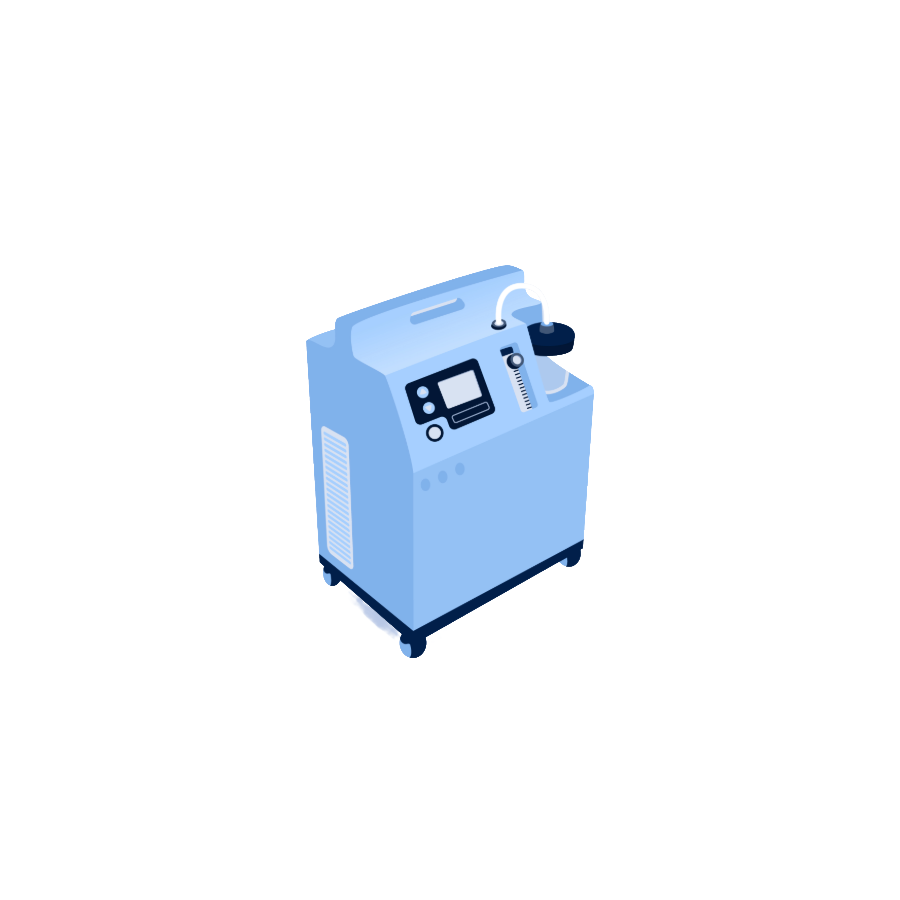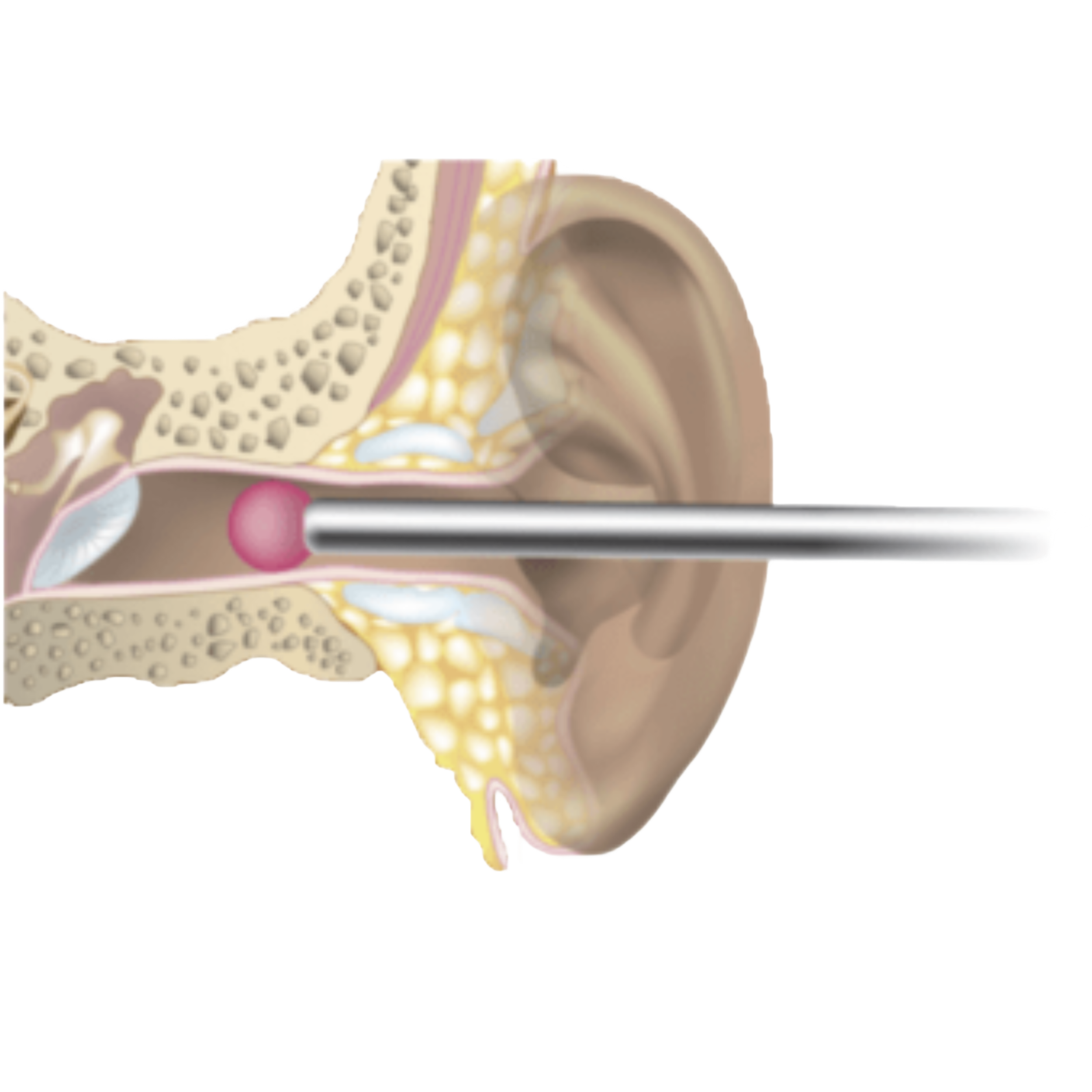Earwax removal Hawkesbury

Safe, Professional Earwax Removal in Hawkesbury
Welcome to Earsonic, Hawkesbury’s only clinic offering earwax removal with a gentle medical suction system. Performed by a licensed clinical audiologist trained in cerumen management, our procedure is safe, precise, and comfortable — without the mess of water irrigation.
Excessive or impacted earwax can lead to discomfort, muffled hearing, and even infections. Our advanced suction technique allows for clean, effective wax removal while prioritizing your comfort at every step.
What You Can Expect from Earsonic Earwax Removal
Professional guidance from our Audiologist to properly manage ear hygiene and prevent excessive earwax buildup in the future.
Safe and Effective professional removal using specialized tools and techniques to protect the ear canal or eardrum.
The procedure is tailored to the individual's needs and conducted in a safe and controlled environment, ensuring optimal comfort and outcomes.
Access to the Only micro-suction machine in Hawkesbury ! Earwax removal is performed under microscope for ultimate comfort.
Three different ways to professionally remove earwax
Micro-suction
-
At Earsonic, Micro-suction is the most common technique used for earwax removal. The patient is seated comfortably on a reclined chair to ensure optimal stability and clear visualization of the ear canal and eardrum. The audiologist will then use a microscope to inserts a small probe to gently suction the earwax from the ear canal.
From the patient's perspective, the sound of the probe suctioning the earwax is audible.
This method is both the most comfortable and safest. It is typically prioritized, especially in cases involving previous surgeries or a persistent perforation of the eardrum. For this procedure to be effective, the earwax should be soft. If the earwax is located deep in the ear canal, the audiologist may opt for an alternative technique, such as water irrigation.
Curette
-
The patient is positioned comfortably in a reclined chair to ensure stability and ease during the procedure. The audiologist will then use a microscope and a small curette to remove the earwax from the ear canal. This technique is preferred when the earwax is hard or adherent to the canal's skin. The patient may feel a slight pressure as the earwax is scooped out. Overall, this method is both safe and effective.
Irrigation
-
Water irrigation is primarily used when the earwax is very soft and deeply located in the ear canal. The audiologist will set up a water irrigator, carefully adjusting the water temperature to match that of the body. A gentle stream of water is then used to flush and rinse out the soft, deep wax from the ear canal. This method is not suitable for patients with a persistent eardrum perforation and is generally avoided in cases of past ear surgeries. From the patient's perspective, the sensation of water irrigating the ear canal is felt, but the procedure is not painful and is effective.
Did you know ?
The color of earwax can range from light yellow to dark brown, depending on age, diet, and the amount of buildup.
Your ears naturally clean themselves by moving earwax out as you chew, talk, or yawn. So, no need to over-clean!
Earwax contains substances that help fight off infections and fungal growth, acting as a natural barrier against harmful microbes.
It helps protect your ears by trapping dust, bacteria, and other foreign particles, preventing them from reaching the eardrum.
Earwax keeps the skin inside your ear canal moisturized, preventing dryness and itching.
FAQs
-
Earwax, or cerumen serves several functions:
Protection: Earwax helps protect the ear canal from dust, debris, and microorganisms.
Lubrication: It keeps the ear canal lubricated, preventing it from becoming too dry and itchy.
Cleaning: Earwax gradually moves out of the ear canal, carrying away dead skin cells and other debris.
The production of earwax is normal and healthy, but sometimes it can build up excessively, leading to blockages or discomfort. In such cases, it may need to be managed or removed, but it’s usually best to consult a healthcare professional for proper treatment.
-
Earwax removal is safe and involves minimal risk if performed by a professional.
Self-removal methods however, like using cotton swabs, can push wax further into the ear canal or cause injury, so it’s advisable to seek professional help if you're experiencing issues with earwax to avoid complications such as ear drum perforation and hearing loss.
-
In theory, it is possible, but it's not always advisable. A visual inspection by a trained professional is essential to ensure the procedure is safe and comfortable.
Improper earwax removal at home can risk damaging the eardrum and potentially leading to hearing loss.







